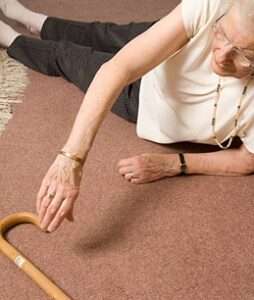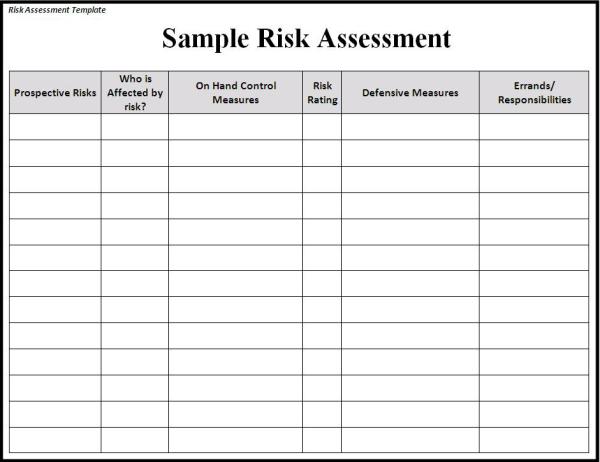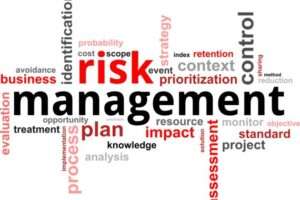
Risk assessments are an essential part of most businesses. Those operating in the healthcare sector are not exceptions and this includes outpatient work. Accordingly, when developing outpatient programs you must give attention to some form of risk assessment.
A risk assessment is an organized, systematic method an employer uses to protect their employees and business. It considers what can go wrong and reduces the chances of a risk is occurring. Many countries have laws such as Britain’s Healthy and Safety at work act 1974 which made it illegal for an employer to not fill out a risk assessment.
The first thing that must be known about a risk assessment is that there is a difference between a hazard and a risk; a hazard is something that can potentially harm you, whilst a risk is something that can go wrong due to a hazard (the consequences of the hazard). As it is a systematic process, there are five steps that must be taken in order to complete a successful risk assessment.
Step one is identifying the hazards. A simple way of identifying every single hazard in the room is to use a technique called “idiot-proofing”. “Idiot-proofing” is the process in which you walk around the room as if you were an idiot, looking at everything. The sort of hazards you would note are things such as the electrical and the fire hazards. Fall hazards must be noted and ideally immediately eliminated.

Step Two of a risk assessment is who can be harmed and how? With this step you have to think of not just your therapy delivering personnel but clerical, transportation and management personnel. You also have to consider that if you operate out of doors, hazards and risks are different: Example – child care program where the children spend some of the day outside.
Step Three is evaluating how people can be harmed and how serious it can be. Although some would disagree, humiliation is not something that needs to be on a risk assessment. So, if someone may have paint spilled on them as a result of association with your location, then that cannot be filed as a risk assessment for humiliation, it would be filed as the risk of being blinded by it. You also have to see how serious the risk is. The severity of the risk ranges from minimal risk to severe risk. You then also have to look at how precautions can be implemented. Can it be eliminated completely? Or to what extent can the risk be reduced?
Step Four is simply recording your findings and presenting them in an orderly fashion. This may vary from either putting it down in a graph or a table.

Step Five of the risk assessment is reviewing. Reviewing of your risk assessment must occur every 3-6 months. This is because work environments are constantly changing and so new risks may present themselves as well as old ones being eradicating themselves. Also as random inspections will occur it makes sense to keep it updated.
It is always our pleasure to share that which can contribute to your success.
(onlinelearning@care.7hubwebsolution.com)
______________________________________________________________________

A Blog Post authored by the writing team of Direct Care Training & Resource Center, Inc. Follow us in the social and business networking stratosphere:
It is








